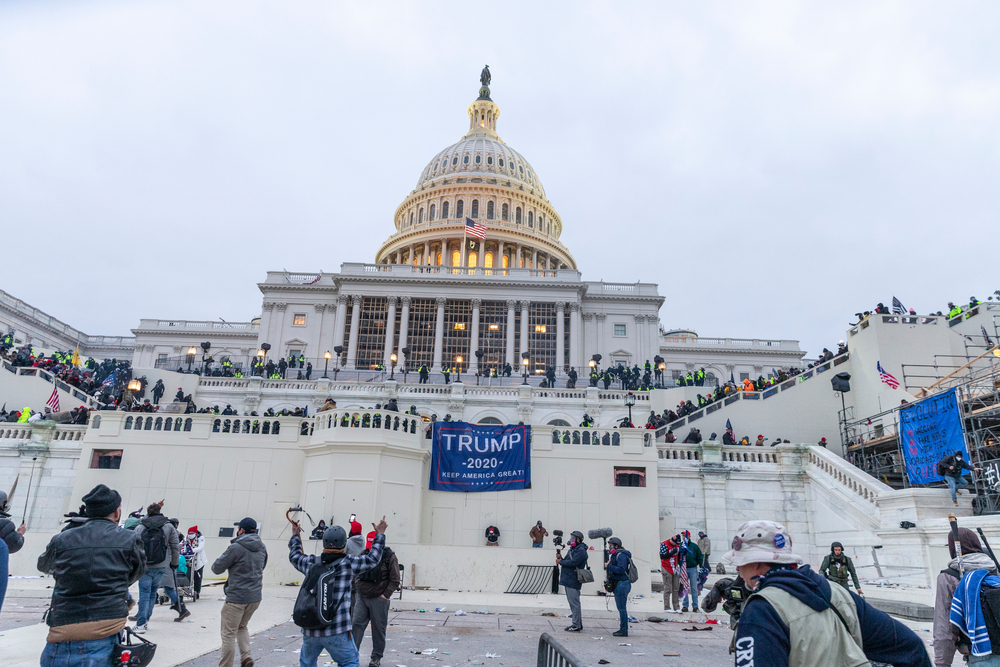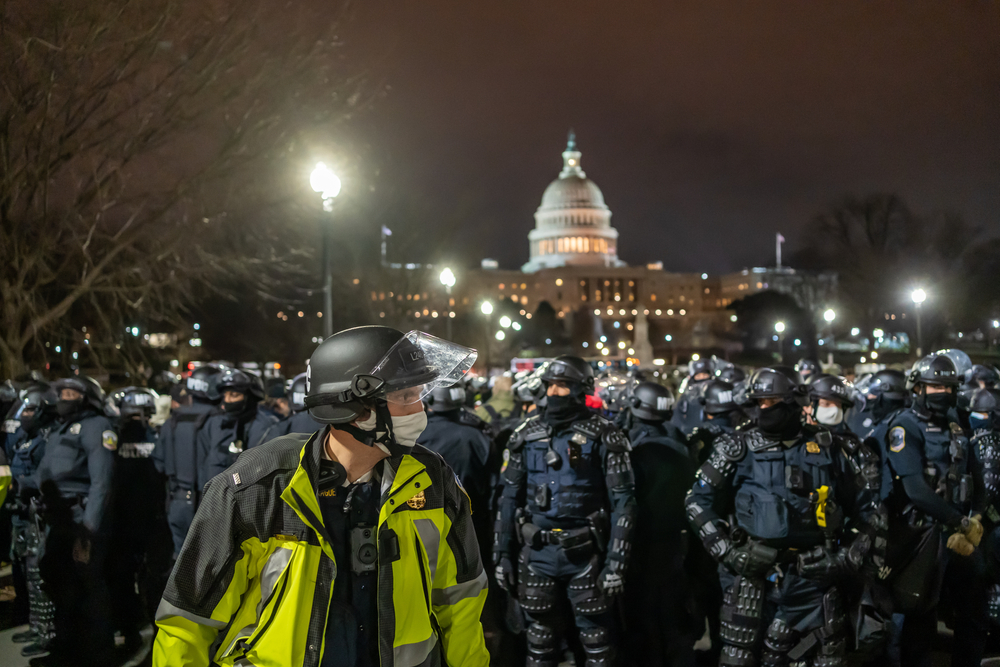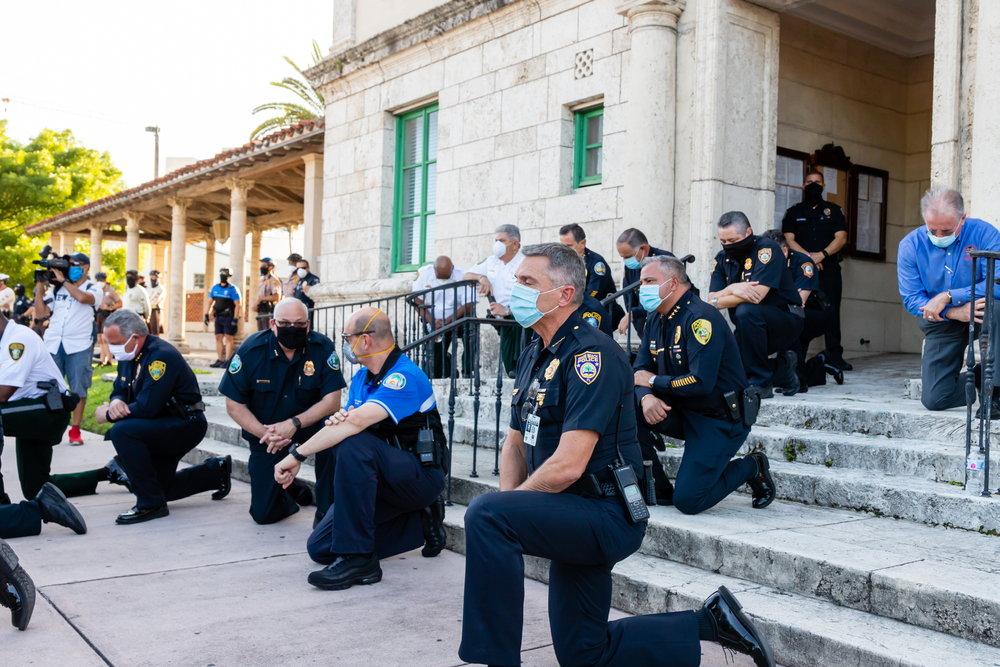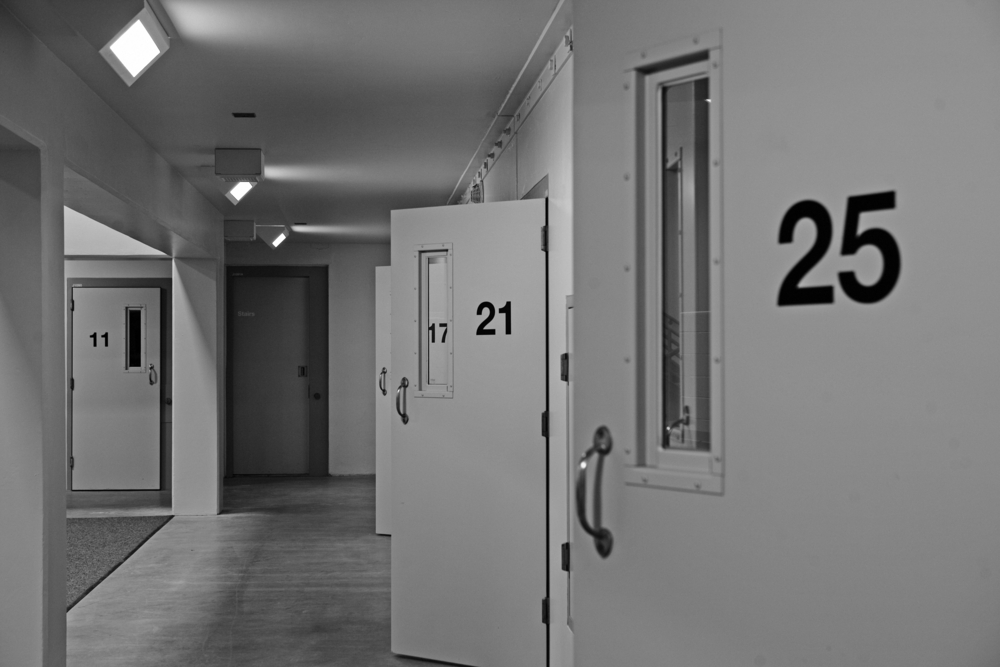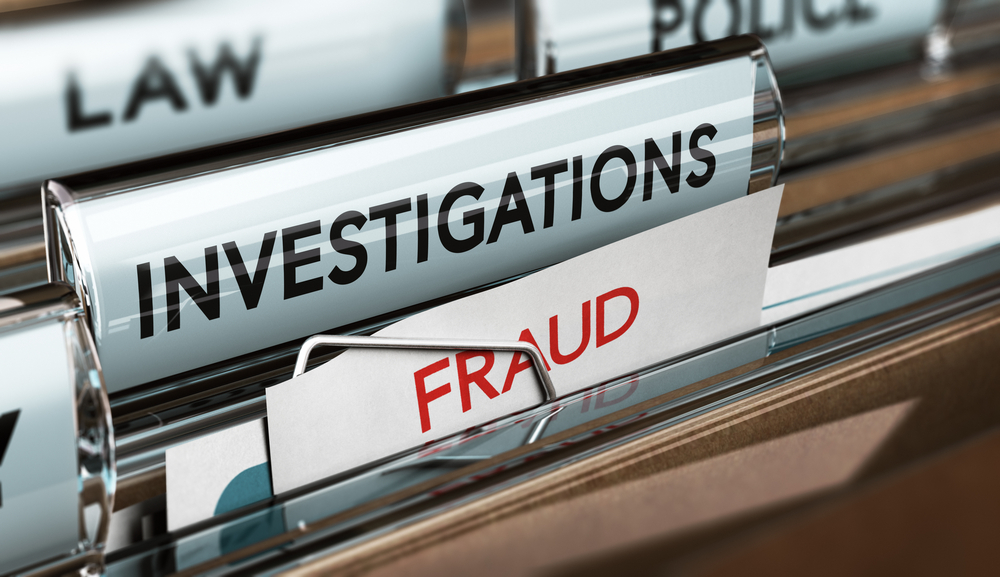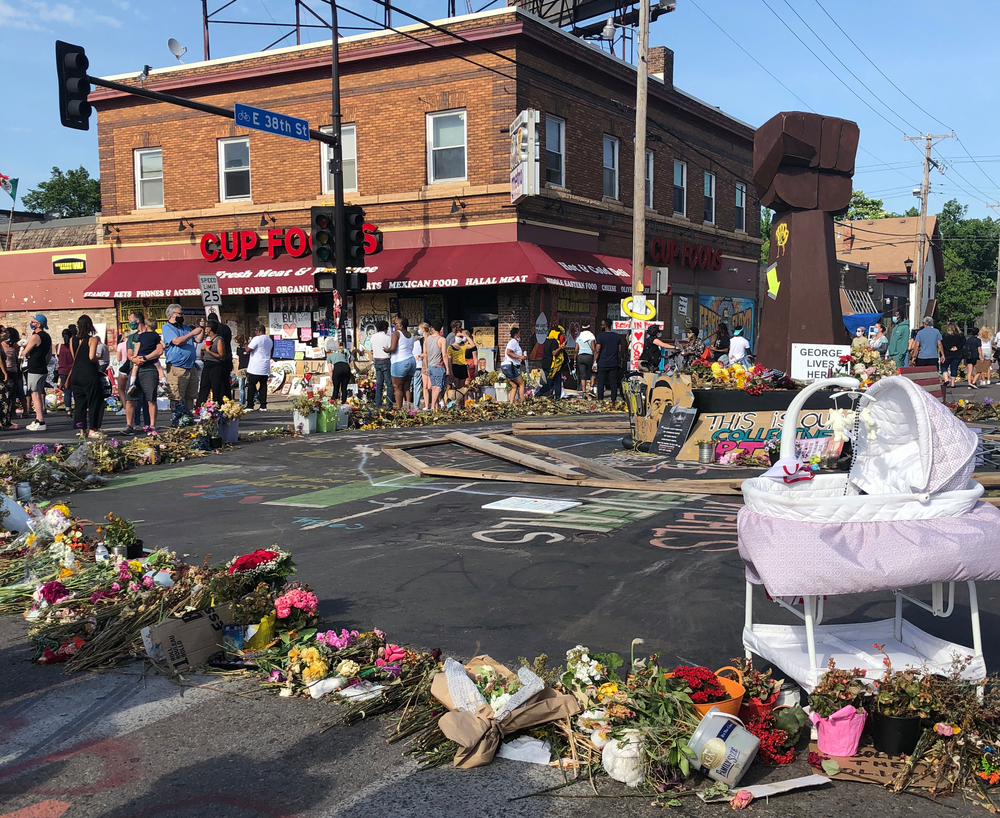Who’s watching? New surveillance atlas shows you
Surveillance of the U.S. population is intense, on roadways, in malls, in shops and on street corners. Cameras, facial recognition software, automatic license plate readers, it is all used extensively and in real time.
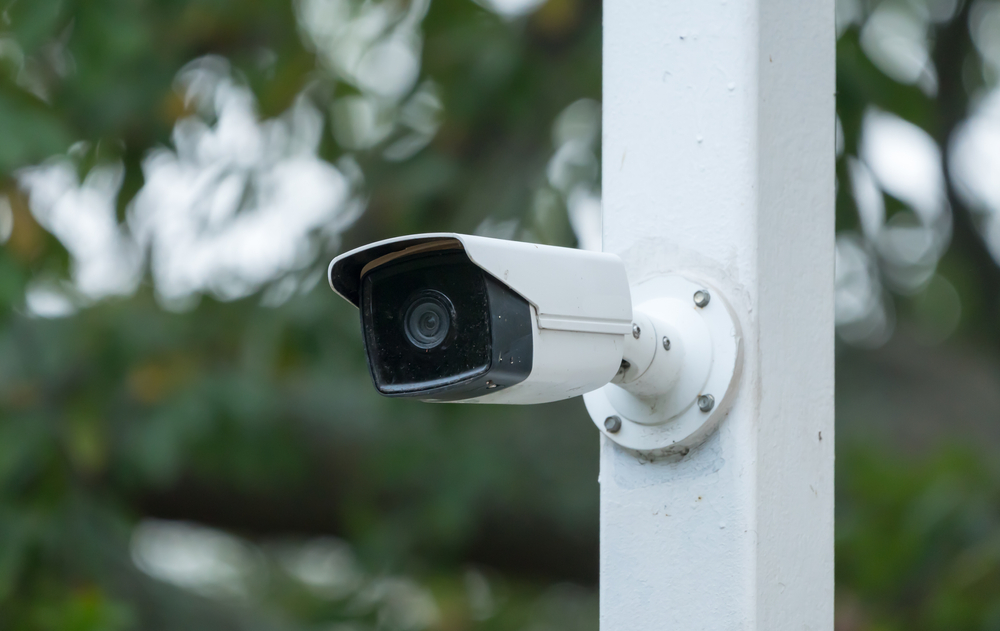
Crime analysts, detectives and others are manning real-time crime centers and getting information to law officers on the streets, determining where crimes are most likely to occur and who is most likely to commit them. And they are keeping mug shots and video for future use.
A new Atlas of Surveillance released in July contains several thousand data points in more than 3,000 cities that can be used by journalists, academics and others who want details about how law enforcement and government agencies are deploying technology. It’s also a way to know which systems have been purchased where.
The atlas was built using crowdsourcing and data journalism over 18 months by the Electronic Frontier Foundation in partnership with the Reynolds School of Journalism at the University of Nevada, Reno. And the team still has plenty left to do. The EFF touts it as the first aggregation of technology like this.
RELATED: Your privacy is disappearing, and you’re helping it along
RELATED: Cities have little say over presence of federal law enforcement
The EFF is an international nonprofit digital rights group based in San Francisco, established to promote internet civil liberties. An EFF spokesperson said the atlas has already been viewed more than 100,000 times since its launch.
“And it has been featured in Wired, Vice, VentureBeat, Reason.com, Gizmodo, Defense One… Business Insider, ZDNet” and other publications and forums on video surveillance, forensics, and science, Karen Gullo said. Several media outlets have already used it to report on the use of surveillance technology by local police departments, she said.
Searchable in different ways
Users can search the Atlas by clicking on regions, towns, and cities, such as Las Vegas, Miami and Minneapolis, on a U.S. map. They can perform text searches by typing the names of cities, counties, or states on a search page to get results. Researchers can also seek out specific technologies to show how they are spread across the country.
“There are two questions we get all the time: What surveillance is in my hometown, and how are technologies like drones and automated license plate readers spreading across the country?” said Dave Maass, senior investigative researcher in EFF’s Threat Lab. He is also a visiting professor at the Reynolds School of Journalism.
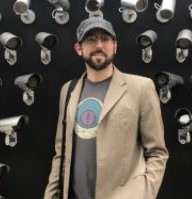
“A year and a half ago, EFF and the Reynolds School partnered to answer these questions through a massive newsgathering effort, involving hundreds of journalism students and volunteers. What we found is a sprawling spy state that reaches from face recognition in the Hawaiian Islands to predictive policing in Maine, from body-worn cameras in remote Alaska to real-time crime centers along Florida’s Gold Coast.”
Researchers collected the information on drones, body cameras, facial recognition, cell-site simulators, automated license plate readers and using social media posts and news releases.
“While the atlas contains a massive amount of data, its content is only the tip of the iceberg and underlines the need for journalists and members of the public to continue demanding transparency from criminal justice agencies,” EFF said in a news release. “Reporters, students, volunteers, and watchdog groups can submit data or share data sets for inclusion in the atlas.”
Business Insider reports that there are 50 million security cameras in the U.S. That is one for every six people, more than in China, it states. “A government watchdog found the FBI’s facial recognition database contains more than 641 million images. Axon Enterprise, the nation’s largest supplier of body cameras, recently told investors that the company is eyeing an $11 billion market.”
Not everyone is happy about this. Recent protests surrounding George Floyd’s killing by a Minneapolis police officer who leaned on his neck until he died, have brought the issue of spy technology to the fore.
Maass said EFF released the atlas in July given the renewed spotlight on surveillance technology connected to the protests.
“People are protesting, they’re noticing the body-worn cameras, they’re noticing the strange trucks driving around with weird equipment in the back, they’re noticing drones flying above,” Maass told Business Insider. “People are starting to realize as they’re out on the street and they’re having more interactions with police that technology matters.”
Some tech companies, due to pushback from groups like Black Lives Matter, are stepping back from partnerships with law enforcement and facial recognition software.
“Like dominoes in a lineup of corporate public relations stunts, first IBM, then Amazon and finally Microsoft (at a Washington Post Live event) said they won’t sell or would at least pause police use of their facial recognition technology until there are federal laws on the matter,” The Washington Post technology columnist Geoffrey A. Fowler wrote. “So far, Silicon Valley’s record has mostly put it at odds with groups like Color of Change, the NAACP and the American Civil Liberties Union. In fact, a Microsoft employee in Washington state wrote a new law on facial recognition software opposed by many civil rights groups for not being tough enough.”
The 2016 report Research on the Impact of Technology on Policing Strategy in the 21st Century, published by the National Institute of Justice, states that much is still unknown on what goes into selection of technology among law enforcement agencies. “To address these issues, we need to build the knowledge base of why and how police select, implement, and integrate new technology; how that technology is being used; and whether new technology improves policing in a meaningful way for both the agency and the community.”
The report states that 96% of law enforcement agencies are using some sort of technology, with cameras being the most common, but also information-sharing platforms and social media. At that time, one-third of the agencies were using body cameras. Technology is expected to increase, not just in large departments, but in most, the report states.
Among large agencies with more than 250 officers, the research found there were “stronger connections between strategy and technology adoption. Agencies aligned most closely with community policing, intelligence-led policing, or hot-spot policing philosophies implemented and used more technology.”
The threats to people’s rights expand daily as police use surveillance technologies to compile enormous databases filled with our personal information, EFF states on a page about its Street-Level Surveillance project. “On top of the damage to our Fourth Amendment rights, these technologies can be used to spy on citizens engaged in First Amendment activities or deployed disproportionately against marginalized communities. And they are prone to abuse by rogue officers for personal reasons, while technological errors and vulnerabilities can also have damaging repercussions for those who interact with the criminal justice system.”
Nola Joyce, retired Deputy Commissioner with the Philadelphia Police Department, said the public demands ethical use of technology for public safety.
“Today, a successful business must understand the social and ethical consequences of using technology and work to mitigate negative consequences,” Joyce said in an article for the National Police Foundation. “Whereas this is arguably necessary for business, it is inescapably true for the public sector, particularly the police.” They will need to build digital trust, she said.
Examples from the Atlas of Surveillance
- Florida’s Volusia Co. Sheriff’s Office launched its $6 million real-time crime center in 2019 with drug forfeiture funds. Four crime analysts staff the center and give real-time information to officers as they arrive at a crime scene. The analysts have access to live video feeds from businesses and surveillance cameras around the city, automated license plate readers and calls for service.
- The Rhode Island State Fusion Center is one of 79 in the U.S. operated by local and state law enforcement in partnership with the U.S. Department of Homeland Security. A fusion center serves as a command center for gathering, analyzing and disseminating intelligence and other public safety information.
- The Las Vegas Metropolitan Police Department’s Technical Operations Section uses gunshot detection technology, face recognition software, social media monitoring and automated license plate readers at its real-time crime center. It also has access to Regional Transportation Commission buses to monitor crime. LVMPD claims that it can monitor all activities on the Vegas strip from its center.
- The Illinois Department of Motor Vehicles responds to face recognition requests from the FBI’s FACE Services Unit and the Illinois State Police.
- The Albuquerque Police Department’s Real-Time Crime Center has 16 television screens including a 90-nch monitor and eight workstations. The center is staffed by four civilian crime analysts, two civilian video production workers, a video intelligence sergeant, a live operations sergeant and a detective. As part of its predictive policing strategy, the RTCC uses a combination of public and private cameras, a face recognition database and social media monitoring software.










